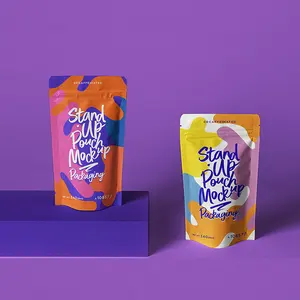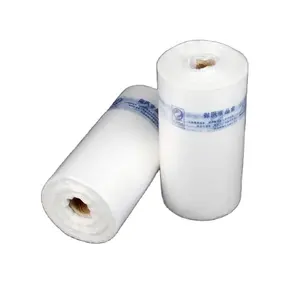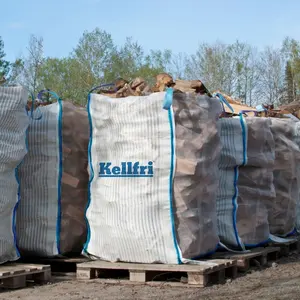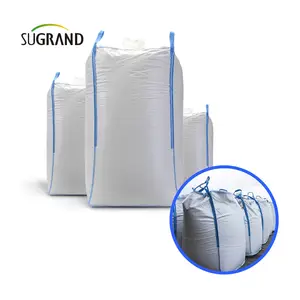Bulk bags, also known as FIBCs (Flexible Intermediate Bulk Containers) or bulk sacks, are large, durable, and flexible containers designed for the transportation and storage of bulk materials. Ton bags typically have an open top, a spout or discharge chute on the bottom, and four lifting loops. These bags are a flexible option for a range of uses because they are available in different sizes and configurations. Usually, bulk bags are composed of woven polypropylene. Usually, the bags can accommodate between 2000 and 4000 pounds of goods.
Materials of bulk bags
Tonne bags are constructed using different materials, each chosen to suit specific applications. Polypropylene: The most common material used in bulk bags, it is strong, durable, and resistant to moisture. Polypropylene bulk bags are ideal for a wide range of materials, including agricultural products, construction materials, and chemicals. Polyethylene: These bags are waterproof and well-suited for materials that require protection from moisture. They are commonly used in the packaging of food products and chemicals. Burlap: Burlap bulk bags are a more environmentally friendly option and are often used for organic or recyclable materials. Foil Bulk Bags: For materials that are sensitive to light, foil bulk bags offer protection against UV rays, making them suitable for the storage and transportation of goods like pharmaceuticals and chemicals.
The manufacturing process of bulk bags
The process of creating a bulk bag begins with the introduction of polypropylene (PP) resin and other additives into an extruder, which produces PP tapes of varying thickness and width. After the resin has melted, rollers are used to stretch and then cut the PP sheets. The weaving procedure that will produce the FIBC fabric is then initiated by winding the tapes onto bobbins. In order to create U-panels for the many FIBC bulk bag types or circular-shaped bags, the fabric is woven on specialized looms. If the fabric is to be coated, the bags are vacuumed to remove dust particles before passing through a static eliminator.
Afterwards, a lamination procedure adds a polypropylene protective layer, strengthening the bags' resistance to sifting and moisture. Breathable fabric bags are left untreated. At this phase, the bags are printed using a printing ink that has FDA approval and is safe for contact with food. The used ink will dry fast, preventing stains and running. Subsequently, the woven fabric is precisely cut off the rolls into the sizes needed for the bag assembly process by means of a computer program. Each dumpy bag is made by workers who then sew the fabric pieces together to complete the production process. Filler cords are now sewed into the seams of our bulk bags, and they will undergo additional testing before receiving final approval, all the while we continuously quality-assure them throughout the manufacturing process.










































 浙公网安备 33010002000092号
浙公网安备 33010002000092号 浙B2-20120091-4
浙B2-20120091-4